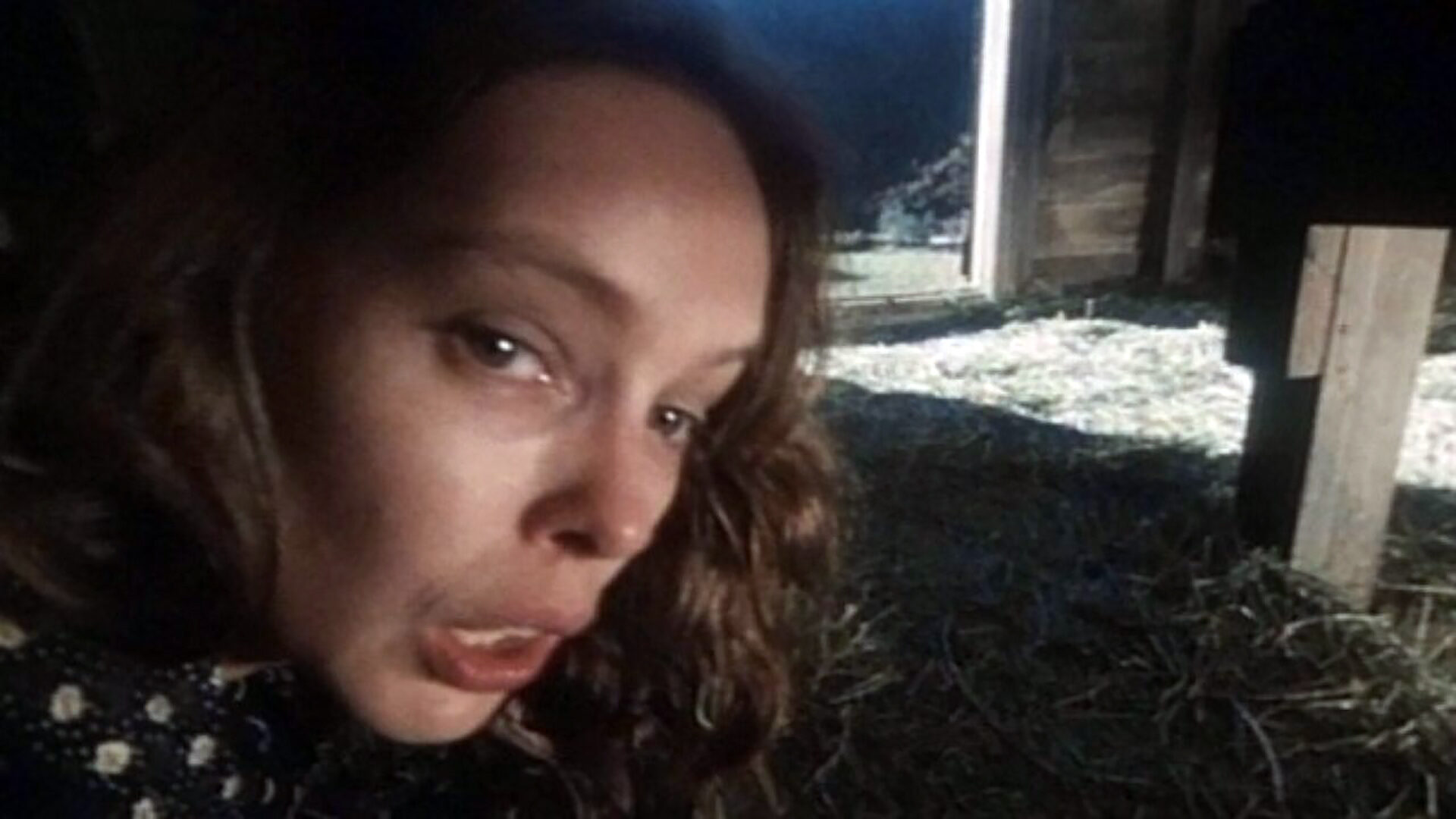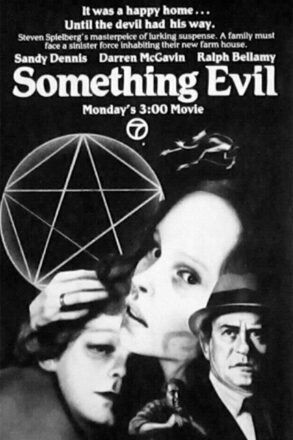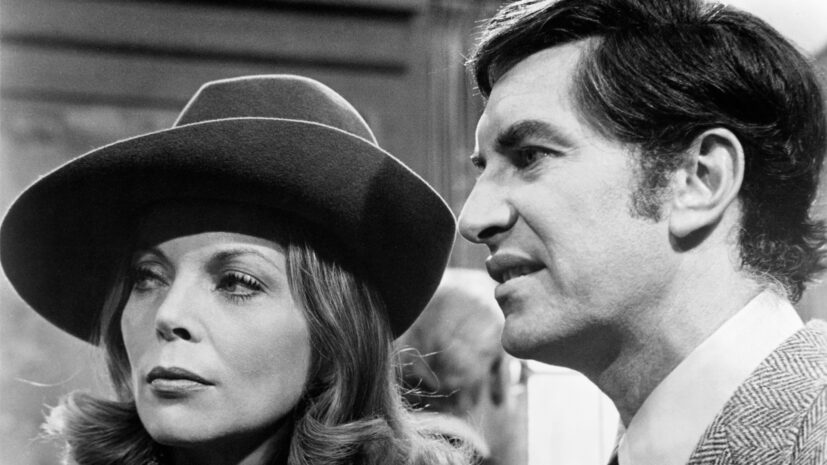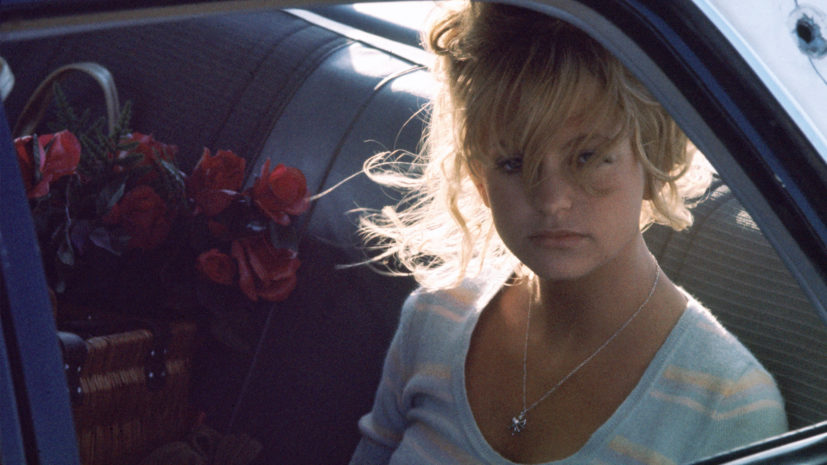
"If you believe in God, then you have to believe in the Devil."
Something Evil
Release Date: January 21, 1972
While Steven Spielberg was fielding offers for feature films coming at him after the success of Duel, he was still hard at work in television, although his days of directing episodics were now in the rearview.
After filming four additional sequences for Duel's international theatrical presentation earlier in 1972, Spielberg would sign onto a second made-for-television movie, Something Evil. Loaned out to CBS from his contract in television at Universal for the film, Something Evil gave Spielberg a chance to make something really scary in ways the more grounded, yet incredibly tense Duel wasn't—a supernatural story, and specifically, one on the suddenly hot topic of demonic possession.
The occult, devil worship, satanic offspring and demonic possession were all hot topics in the late 1960s-early 1970s, as a litany of B-pictures took on and also engendered the public's growing interest in the long verboten subjects—especially in what was then a predominantly Christian nation such as America. The subject matter went mainstream with Paramount's 1968 success Rosemary's Baby, a film that inadvertently birthed many a downstream imitator borne of less than immaculate conception. In 1971, William Peter Blatty's novel The Exorcist would dig its claws into best-sellers lists, before its film adaptation would premiere in December of 1973, over 16 months after Something Evil. Both Rosemary's Baby and The Exorcist showed that coupling the fear of dark forces (which would continue on through Richard Donner's The Omen (1976) and come to a cultural crescendo with the 1980's so-called "Satanic Panic") intruding on the sanctities of the family and our children was a hell-hot ticket for turning the heat up on the public's terrors.
Scripted by Robert Clouse, Something Evil took the threads of demonic intrusion and its threat to children and the family unit and added another sacred space to the mix—that of the family home. Academy Award-winner Sandy Dennis and Darren McGavin play Marjorie and Paul Worden, a married couple looking to raise their children (son Stevie, played by Johnnie Whitaker and younger daughter Laurie, played alternately by twins Debbie and Sandy Lempert) away from the hustle and bustle of the New York City where they live and where Paul is a successful advertising executive. The family settles on an old farmhouse in rural Pennsylvania, a bucolic setting already occupied by something darker that will slowly make its presence known.
The artistically bent Marjorie becomes interested in the hex sign prominently displayed on the barn on their newly purchased farm property, a totem that highly religious Christian Pennsylvania Dutch farmers of the past would use to ward off evil and pestilence from their livestock and harvests. She begins to replicate it and other hex designs in clay ceramics and a large painting project on the floor of children's bedroom, even involving her kids in the making of the occult art, only to find out from the eccentric, superstitious Gehrmann (Jeff Corey, from whom Spielberg had taken dramatic acting classes to sharpen his work with actors), and a learned old neighbor Harry Lincoln (played by an avuncular Ralph Bellamy) the significance of the sigils. (Bellamy's part is a reflection of a similar character Maurice Evans played in Rosemary's Baby—a film that Bellamy himself appeared in as doctor to Rosemary and her ill-begotten baby.)
Marjorie slowly descends into an obsession with the occult as uncanny events—including hearing the plaintive cries of a baby emanating from a jar of a mysterious, gelatinous glowing liquid in a tool shed (shades of Ray Bradbury's "The Jar") awaken her in the night to investigate. And while the preoccupied Paul—now commuting back and forth to the city to allow for his family's escape from the metropolis—has his doubts about Marjorie's growing fears of an evil presence in their new home, the demonic force soon comes to make itself known by putting her children directly in peril.
Joining the aforementioned cast are John Rubinstein, as Lincoln's nephew, and Margaret Avery—and in a singing role—who would once again work with Spielberg on 1985's The Color Purple in the part of Shug Avery. Observant viewers over the decades of rare repeat broadcasts of Something Evil would also notice a familiar young gentleman director in a fake mustache playing a cameo role as an audio engineer recording Avery's character's singing. Something Evil would also mark Spielberg's first collaboration with cinematographer Bill Butler, who he'd work with again the next year on the TV movie Savage and then most famously on Jaws.
Presaging Spielberg's Poltergeist (which he conceived, co-wrote and produced) by a decade, Something Evil establishes Spielbergian themes of humans tampering with unknown forces larger than themselves, and the strength of parental love to overcome the most threatening of odds in protection of their children, the latter being something very much at the heart of features just up the road for Spielberg including The Sugarland Express, Jaws, Close Encounters of the Third Kind, and so many more throughout his career.
Something Evil had its television premiere as part of The New CBS Friday Night Movies on the CBS network January 21, 1972. Spielberg would have one final made-for-television movie assigned to him by Universal, 1973's Savage, before finally making his theatrical debut with The Sugarland Express in the spring of 1974.
About the Film
About the Film
CAST- SANDY DENNIS,
- DARREN MCGAVIN,
- RALPH BELLAMY,
- JEFF COREY,
- JOHNNY WHITAKER,
- JOHN RUBINSTEIN
- STEVEN SPIELBERG
- ROBERT CLOUSE
- ALAN JAY FACTOR
- BILL BUTLER
- E. ALBERT HESCHONG
- STEPHEN LODGE,
- AGNES LYON
- ALLAN JACOBS
- WLADIMIR SELINSKY
Image Gallery
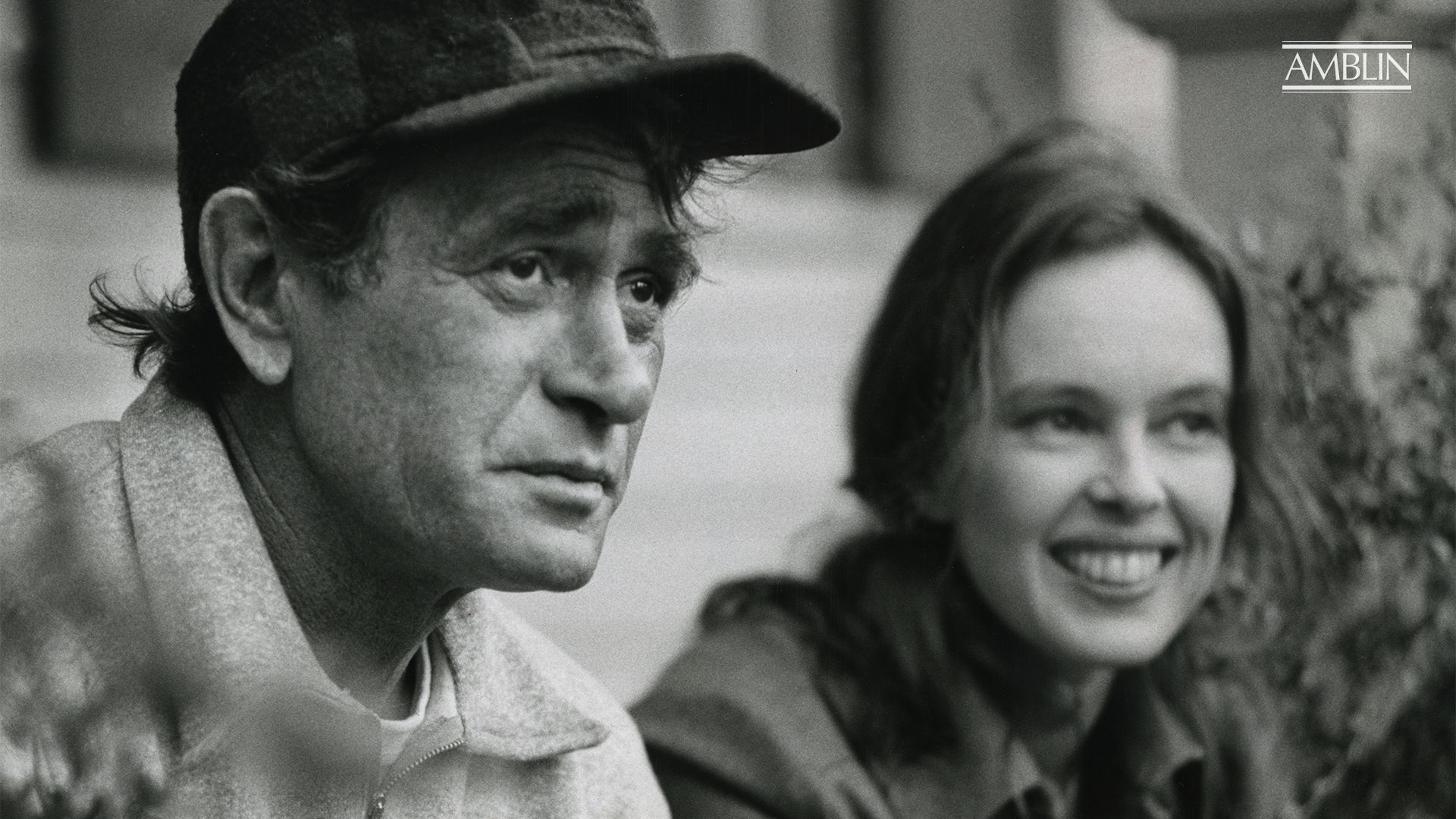 1 / 2
1 / 2
 2 / 2
2 / 2


